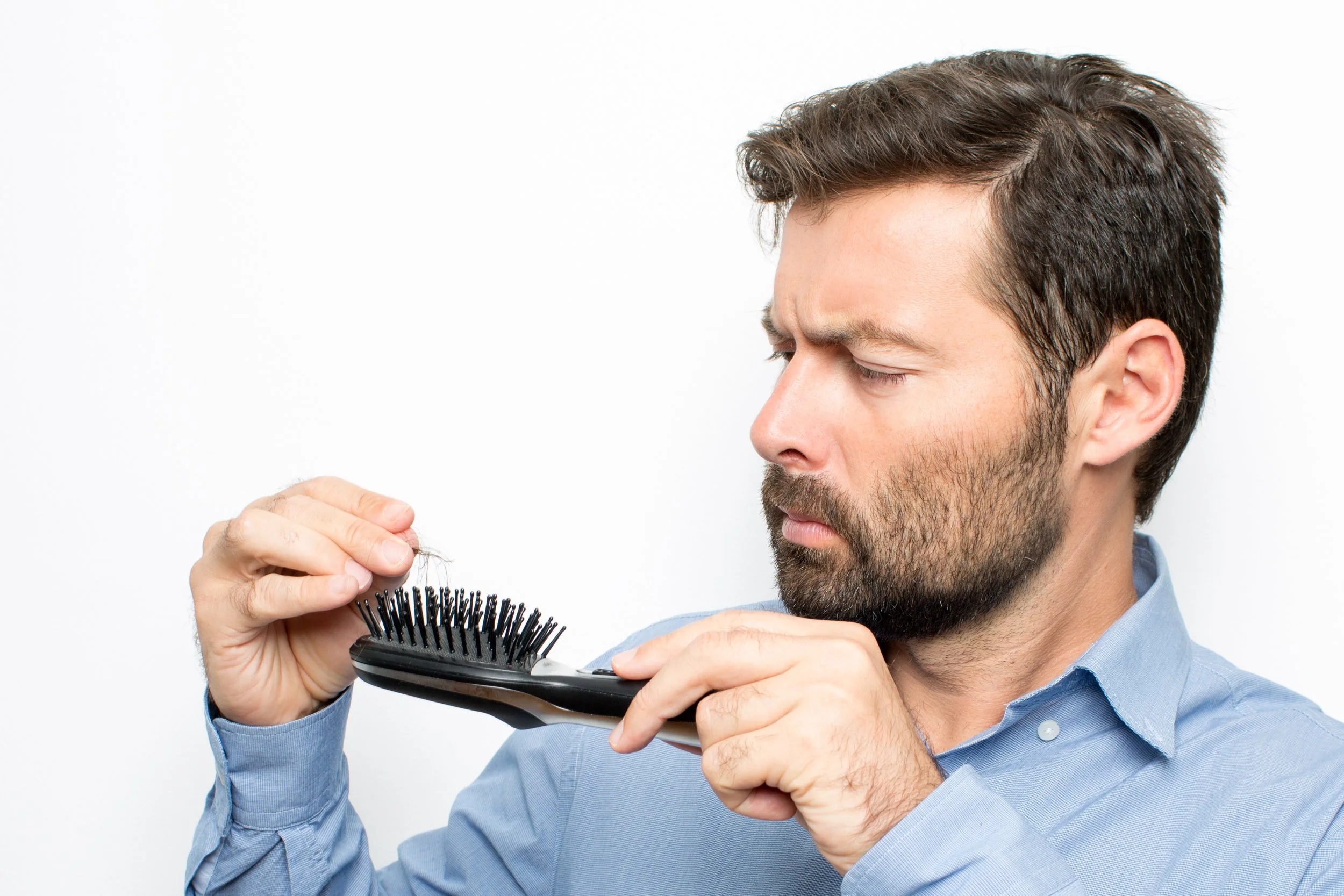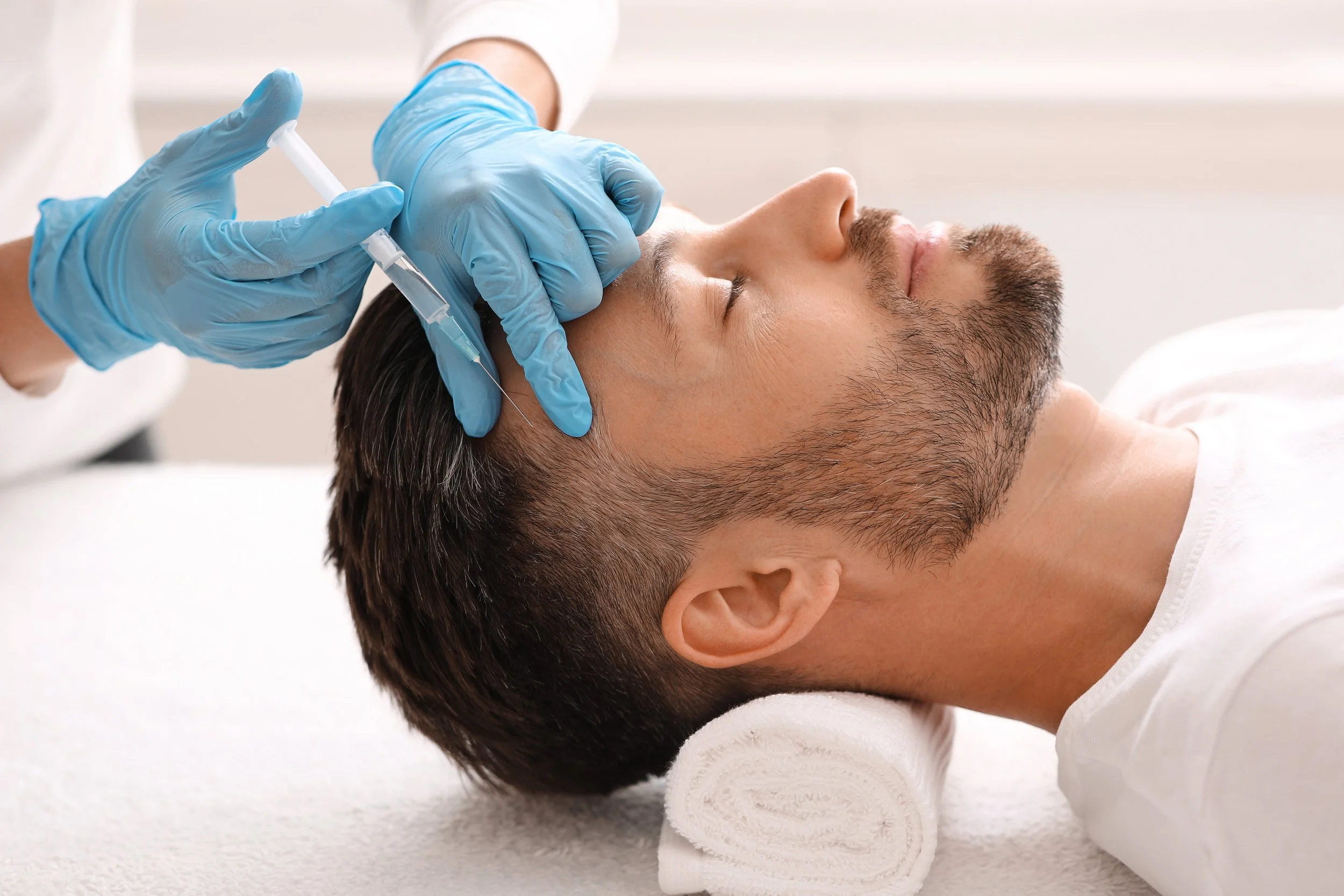4 Things Men Should Know About Hair Loss
Hair loss becomes a common concern for men as they age. However, it happens earlier for some, which could be worrying or frustrating. There are various reasons why balding takes place. The causes may be different from one person to the next. The kind of treatment needed also depends on the severity of the thinning and the health condition of the person.
Understanding hair loss is crucial for men of all ages, as it's a common concern that can affect self-esteem and confidence. But the good news is there are solutions available! If you're looking for help, a quick web search for “hair loss treatment” or “a hair loss clinic near me” can connect you with reputable options. Consider factors like patient reviews, treatment options, and location when making your choice. Remember, early intervention can often lead to better results, so don't hesitate to take action if you're concerned about hair loss.
Whether you're just starting to notice thinning hair or have been dealing with it for some time, knowing your options is essential. From topical treatments to advanced procedures like follicular unit extraction (FUE) hair transplant, there's a wide range of solutions available. So consulting with specialists like Restauración de Cabello Los Angeles, you can gain valuable insights into the most effective treatments for your specific situation. These options can address various causes of hair loss, from genetics to medical conditions.
Whether you've noticed signs of hair loss or you want to prepare yourself in case it happens, learning more about this condition may be beneficial for you. If you’d like to know more about hair loss in men, here are some points you can take note of:
1. Signs Of Hair Loss
As the hair starts to thin, some signs start to show, which can cause alarm because of their suddenness and visible effects on a person’s appearance. Here are some of them:
· Gradual thinning, especially on the top part of the head
· Receding hairline
· Bald patches on the head
· Excessive hair fall after showering or combing
If you notice any of these signs, it’s best to consult a dermatologist so you can get a proper diagnosis and treatment as needed.
2. Causes
People experience hair loss due to various reasons. Some may be caused by severe illnesses, while others root from lifestyle choices and habits. The following are a few examples:
· Genetics
· Medical conditions, such as alopecia
· Infections
· Stress
· Depression
· A side effect of medications, such as those used in chemotherapy treatments
While aging is a natural cause of hair loss, it’s still advisable to consult with a specialist if it happens. This way, you’ll know if you need treatment or if you need to make certain changes to your lifestyle.
3. Treatments
There are many kinds of treatment available on the market nowadays. Some of these treatments don't require a prescription, though it’s best to choose one based on a doctor’s recommendation. Some examples are as follows:
· Topical and oral medications
· Supplements
· Laser treatment
· Lifestyle and diet changes
· Stress management
Meanwhile, there are some minimally invasive procedures for hair restoration done by specialists. One example of this is follicular unit extraction (FUE) hair transplant. This procedure entails transplanting hair follicles one by one into the scalp for coverage. Because of its many advantages, this has continuously gained popularity globally. However, as with any other treatment, it’s best to have FUE hair transplants explained to you by a dermatologist first before booking a session.
For those who undergo chemotherapy treatment for cancer or those with alopecia, it’s common to experience hair loss in other parts of the body, such as the face. This can result in uneven beard growth with bald patches, which can be unsightly and difficult to maintain. This is why aside from hair transplants, many patients consider having beard transplants too.
4. Myths
There are common myths believed by many to be indicators of hair loss. These signs, though relevant, aren’t definitive when it comes to identifying real hair loss. As such, it’s best not to jump to conclusions when you recognize some of them. Here are a few of these signs:
· Having dandruff and itchy scalp
· Hair fall on the pillow or after taking a shower or combing
· Having relatives who have gone bald
There are also some presumptions about the causes of baldness that aren’t completely accurate or reliable. Some of them are as follows:
· Wearing hats too often or while the hair is still wet
· Using certain shampoo brands or hairstyling products
· Sleeping with moist or wet hair
· Frequent sun exposure
· High levels of testosterone
· Masturbation
These myths about hair fall may have been rooted in the lack of information and scientific study about it in the past. As such, people have come up with presumptions that were passed on from one generation to the next. However, more people have gained awareness about this condition because much has been discovered about the causes and treatment for it in recent years.
Conclusion
Hair loss naturally comes with aging. However, it’s not uncommon even among 20- to 30-year-olds. Genetics can greatly influence hair growth and recession, and some may be more prone to hair loss than others.
The cure for hair loss is yet to be discovered. However, there have been several advancements in treatment and coverage solutions. Given this, it’s essential to take immediate action when you notice signs of hair thinning. This way, you can explore different treatment options and find one that would work best for you. Early intervention may also help slow down hair thinning and minimize its effects.


